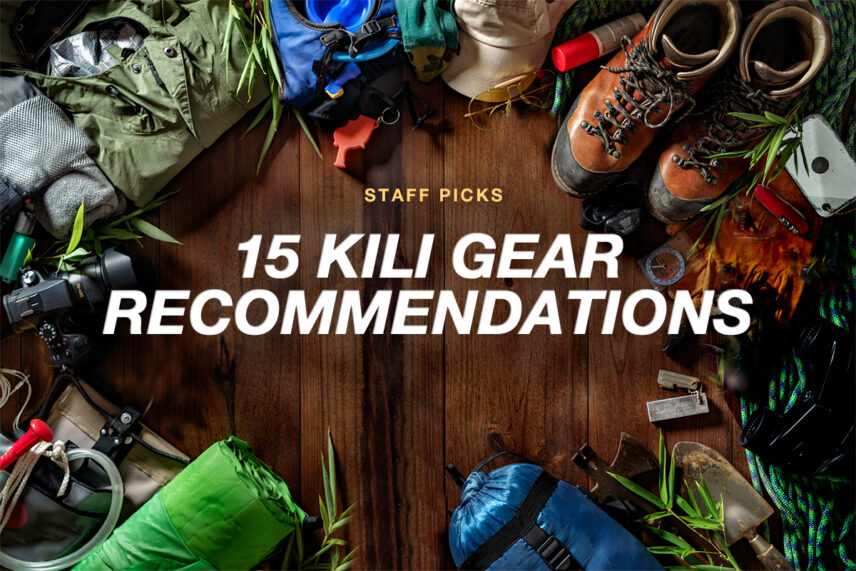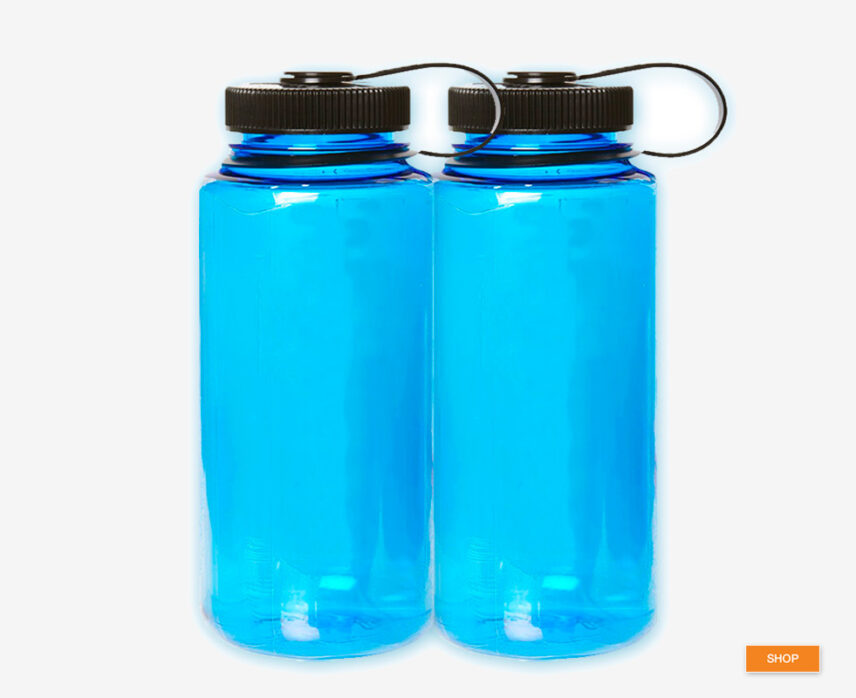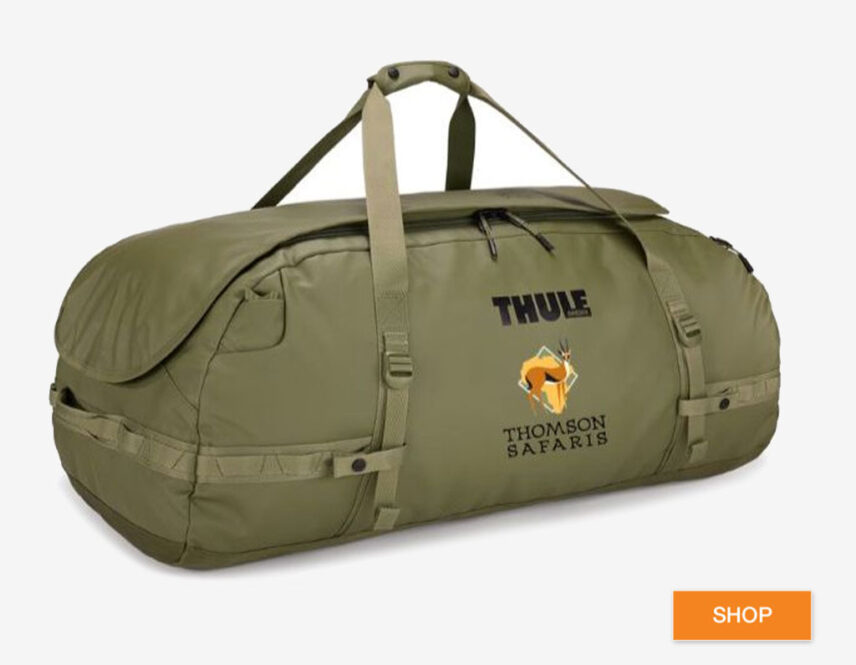Wondering where to start when you’re gearing up for Kilimanjaro? Our trekking experts have built a list of our top gear recommendations for you. From boots to bags, sunglasses and gaiters, consider this a starting point as you prepare for your Kili adventure!
Headwear
Sunglasses
Any polarized wrap-around sunglasses with 100% UV protection
Angela: The equatorial sun is very strong, and there’s a chance of temporary snow blindness in Kili’s higher regions. Good sunglasses are practically mandatory on Kilimanjaro.
Thankfully, they’re easy to find! I recommend a pair of polarized wrap-around sunglasses to block light from all sides. Find a pair that fits your face, style and budget, and make sure they offer 100% UV protection.
Neck Gaiter
Buff neck protector
Carolyn: Buff neck protectors offer plenty of defense from the dust that blankets Kili’s middle and upper climate zones. They’ll keep your body warm and your sinuses protected from dry air, so you can stay as comfortable as possible. They’re not mandatory…but a lot of guests say neck gaiters are a must-have!
Jackets & Gloves
Fiona: These lightweight fleeces are perfect for most trekking days. You can layer them under heavier outer layers as you progress toward Kili’s chilly mountaintop.
Joshua: This wind-resistant, full front zip jacket will keep you warm at camp, in your sleeping bag and on the frigid trails near Kili’s summit. It’s best worn on its own or under your outer shell, depending on the weather conditions.
But the best part about this jacket is the Nanopuff–this technology is incredible. It helps your body regulate temperature by being breathable while still offering insulation, all at once. It’s one of the best trekking layers out there–totally essential, in my honest opinion!
Heavyweight gloves or mittens
GTX Mittens
Halee: Three layers of Gore-Tex make these mittens mighty; they’re waterproof, wind-resistant, lightweight and breathable, and can even be layered with heavier gloves. They’re best worn on snowy, windswept trekking days near the top of Kilimanjaro, but anytime the weather turns cold, they’ll serve just fine.
Cat: Your shell jacket is your first line of elemental defense when the weather gets wet. The Outdoor Research Foray rain jacket is breathable, windproof, waterproof and made with Gore-Tex, making it a lightweight and dependable choice for rain protection. Wear it as your outer layer on the mountainside.
Footwear
Angela: Your boots are your most important piece of equipment. They’re your primary touchpoint with the mountain, including all its mud, snow and other challenging elements.
I recommend the Renegade GTX Mid because they’re fully waterproof, breathable, built with strong ankle support and are lightweight with good traction. These boots are a quick and easy option for trekkers that don’t want to spend too much time poring over gear: just get it and forget it.
That being said, I also recommend visiting a store that sells hiking merchandise to test them out before you buy. Comfort is king on Kili–you’re going to be walking over 30 miles in these boots, after all, so you want to make sure they fit well. If you visit an outdoor store that has a climbing ramp, make sure to try your boots out with the hiking socks you’ll wear on the mountain.
Gaiters
Crocodile Gore-Tex Gaiters
Fiona: These Hall of Fame, award-winning gaiters have withstood the test of time–and snow, and rocks and scree! Made with three layers of Gore-Tex material, they’re waterproof and breathable, keeping you drier and more comfortable on your quest to Uhuru Peak.
Traction Systems
YakTrax Diamonds or YakTrax Spirals
Cat: Kilimanjaro is relatively accessible; you don’t need any technical equipment to climb it. For this reason, I don’t usually recommend mircospikes or crampons to trekkers.
But traction systems, like YakTrax’s Diamonds and Spirals, aren’t a bad idea if you’re worried about slipping around near the icy summit. They’re made of steel alloy strung on aircraft cables, giving you better underfoot grip on the upper slopes.
Essentials
Sleeping Bag
North Rim adult mummy sleeping bag
Carolyn: If you rent a sleeping bag through Thomson, you’ll be set up with a North Rim mummy. I recommend it because it’s designed to handle temperatures as low as 0°F and colder, and the compact mummy style will help you retain heat.
Whatever sleeping bag you choose, remember to choose one made of synthetic material, rather than down. Here’s why that matters.
Hydration
Wide-mouth Nalgene bottles
Bren: Water bottles are mandatory on Kilimanjaro, and not just one or two–we strongly recommend bringing four 1-liter bottles to keep you hydrated throughout the day. We particularly recommend wide-mouth Nalgene bottles, because they’re easy to fill and drink from.
Some trekkers prefer to bring a water bladder in addition to their water bottles. If you’re bringing a bladder, you only need to bring three bottles for backup in case the bladder freezes. You’ll also want to find a line insulator to protect the bag from freezing at higher elevations.
All things considered, though, we strongly recommend water bottles over bladders for almost everyone–here’s why.
Duffle Bag
Thomson’s X-Large Soft Sided Duffle 130L
Joshua: Duffel size matters when you’re stuffing an entire sleeping bag and inflatable mat inside it. I recommend using a bag with a capacity of at least 130 liters, to hold these bulkier items along with everything else you’ll need at camp on the mountain.
Know Before You Go
Reaching the summit of Kilimanjaro takes more than determination—it takes smart preparation. Our expert tips cover everything from altitude to gear, so you can trek with confidence.














